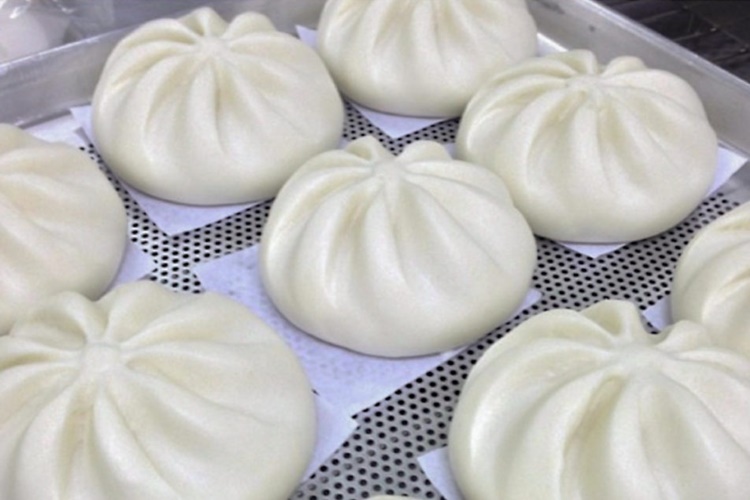SIOPAO – Here are the facts, origin, and history of the beloved steamed bun that some of us probably didn’t know.
Siopao is a delicious steamed bun filled with flavorful delights that make your taste buds dance with joy. It is a type of Filipino dumpling that comes in a soft and fluffy steamed bun. It is typically filled with a variety of delicious ingredients, making each bite a delightful experience.
The most common fillings include savory pork, chicken, beef, or even sweet options like custard or sweet beans The magic of siopao begins with its soft and pillowy bun. Made from a simple mixture of flour, yeast, sugar, and water, the dough is expertly crafted to achieve the perfect texture.

Once steamed, the bun becomes irresistibly fluffy, creating a satisfying contrast to the flavorful filling inside.
This steamed bun comes in different varieties, offering a wide range of fillings to suit every palate. For those who love savory flavors, the asado (sweet barbecue pork), bola-bola (meatball), or adobo-filled siopao are popular choices.
On the sweeter side, there’s the bola-bola with a sweet, bean paste or the creamy custard siopao that satisfies your dessert cravings.
HISTORY
Siopao has its roots in Chinese cuisine, particularly the Cantonese dim sum known as “baozi.” These are steamed buns filled with various ingredients, and it was this concept that inspired the creation of siopao.
As Chinese immigrants settled in the Philippines, they brought along their culinary traditions, including the art of making steamed buns.

The name “siopao” itself has a bit of linguistic history. It is believed to be derived from the Hokkien term “sio pao,” where “sio” means hot or heat, and “pao” refers to a bun. Over time, the name stuck and became the familiar term used to describe these delectable steamed buns in the Philippines.
This steamed bun is not just food, it represents the history and cultural exchange between China and Philippines.

